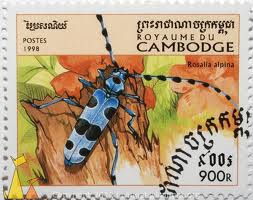The European Food Safety Authority (EFSA) has performed a comparison between the doses of several neonicotinoids tested in the studies from Henry et al. (honeybees, thiamethoxam) and Whitehorn et al., (bumblebees, imidacloprid) published in Science (2012) with exposure of bees, following the actual use of these neonicotinoids. A third study investigating sub-lethal effects on honeybees for clothianidin and imidacloprid was also considered (Schneider et al., 2012). Data of uses authorised in EU and data on residues in pollen and nectar were collected to compare the actual exposure of bees with the investigated doses. EFSA concluded that sub-lethal effects following the use of these active substances could not be fully excluded in worst case situations. The concentrations tested on bumblebees by Whitehorn et al. were in the range of the maximum exposure residues of imidacloprid in pollen and nectar. Overall, before drawing definite conclusions on the behavioural effects regarding sub-lethal exposure of foragers exposed to actual doses of neonicotinoids it would be necessary to repeat the experiments performed in the studies with other exposure levels or in other situations. Pesticide Action Network (PAN) Europe and the European Beekeeping Coordination (EBC) demand an immediate ban on these molecules by the European Commission. Attached is an article on the influence of Bayer Cropscience on Dutch policy makers (which appeared in the magazine "Vrij Nederland" on April 4, 2012)
Sources:
European Food Safety Authority; Statement on the findings in recent studies investigating sub-lethal
effects in bees of some neonicotinoids in consideration of the uses currently authorised in Europe. EFSA Journal 2012;10(6):2752. [27 pp.] doi:10.2903/j.efsa.2012.2752. Available online: www.efsa.europa.eu/efsajournal
PAN Europe Press Release, 6th June 2012
http://www.pan-europe.info/News/PR/120606.html

- Login om te reageren
